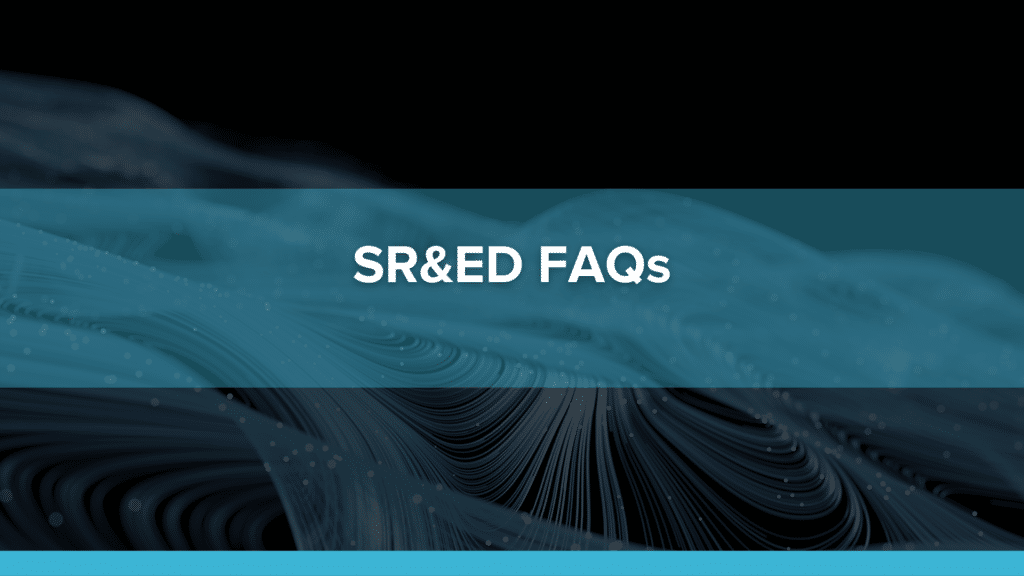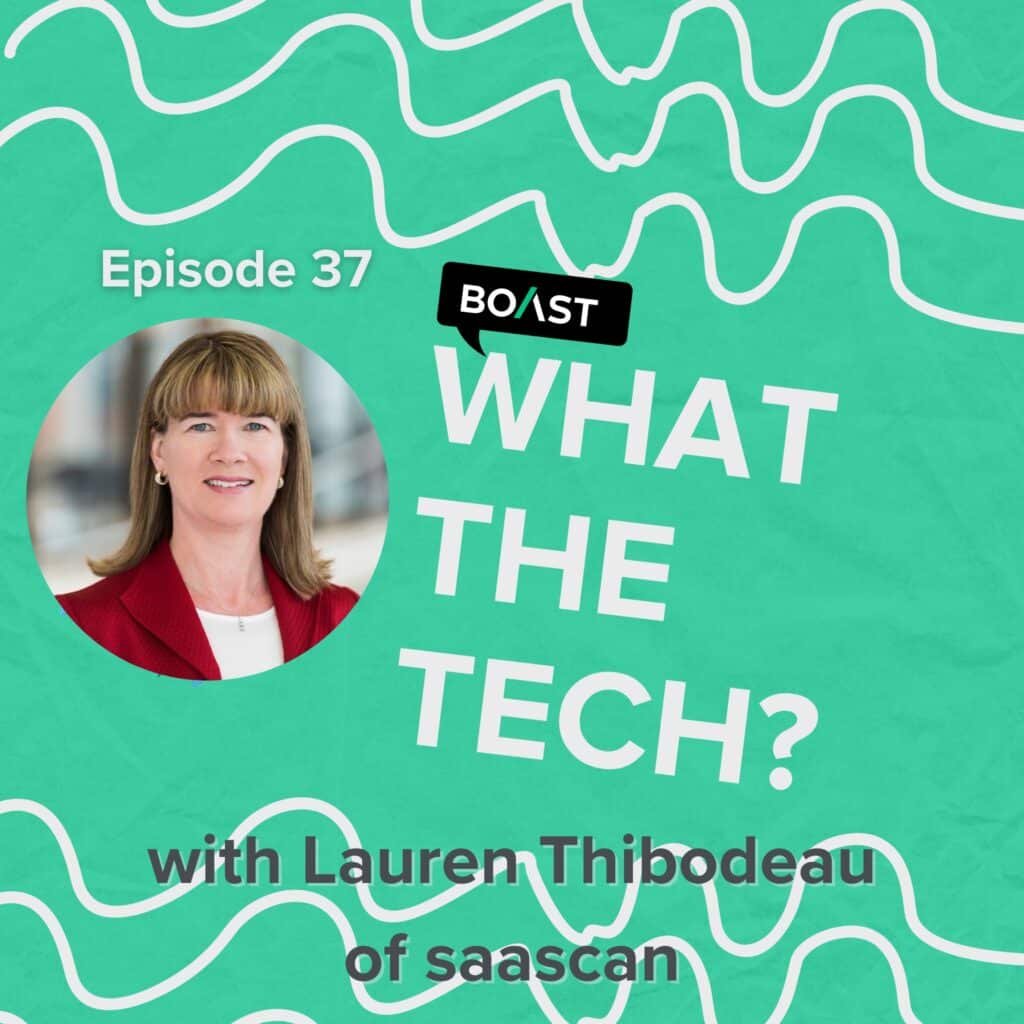What is the Scientific Research & Experimental Development (SR&ED) program?
Scientific Research & Experimental Development (SR&ED, or commonly pronounced as ‘SHRED’) is a federal tax incentive program administered by the Canada Revenue Agency (CRA). It encourages Canadian businesses of all sizes and in all sectors to conduct research and development (R&D) to create new or improve existing products, processes, principles, methodologies or materials. It is the largest single source of federal government support for industrial R&D.
In Alberta and British Columbia claimants can recover up to 64% of qualifying expenditures in refundable or non-refundable tax credits (this rate can be as low as 20% for some corporations).
What are the qualification criteria?
The three criteria for determining the eligibility of work as SR&ED are:
- Technological Advancement. The search carried out in the experimental development activity must generate information that advances your understanding of the underlying technologies. In a business context, this means that when new or improved material, device, product or process is created, it must embody a technological advancement in order to be eligible. In other words, the work must attempt to increase the technology base or level from where it was at the beginning of the project.
- Technological Uncertainty. Technological obstacles/uncertainties are the technological problems or unknowns that cannot be overcome by applying the techniques, procedures and data that are generally accessible to competent professionals in the field.
- Technical Content. A systematic investigation entails going from identification and articulation of the scientific or technological obstacles/uncertainties to hypothesis formulation, through testing by experimentation or analysis, to the statement of logical conclusions. In a business context, this requires that the objectives of the scientific research or experimental development work must be clearly stated at an early stage in the evolution of the project, and the method of addressing the scientific or technological obstacle/uncertainty by experimentation or analysis must be clearly set out.
What is the application process?
The SR&ED application process involves the following steps:
- Identify SR&ED eligible activities/projects
- Create a SR&ED claim strategy that will maximize your SR&ED claim
- Identify all related documentation in support of your SR&ED claim
- Prepare a technical report for each of the SR&ED projects (as per the CRA requirements)
- Identify all related and eligible SR&ED financial expenditures
- Prepare the SR&ED tax schedules and file the SR&ED claim with your corporate tax return (within 18 months past the corporate fiscal year-end)
But we don’t do research & development (R&D) work?
The SR&ED program’s research & development definition is somewhat different than what most individuals think of when they hear R&D. R&D means that you are trying to advance the state of your technology through a systematic approach while overcoming technical challenges. Most companies applying for the SR&ED program don’t need to compete with Google or Area 51 in order for their work to be considered R&D. The SR&ED program takes into account information available in the public domain (Google searches, white papers, Software Patterns, etc.) as well as the context of your company. If you can’t find a solution to your technical problem in the public domain then this is where your SR&ED work may begin. Certain technological challenges arise from constraints faced by your specific situation due to legacy support issues or legacy equipment used. Overcoming these types of technical challenges in a systematic way could make the work eligible for SR&ED tax credits.
What type of projects qualify?
Any work undertaken to resolve a technological challenge or uncertainty where you couldn’t get the solution in the public domain (from a Google search, white paper, etc.) as long as it is undertaken in a systematic way by qualified personnel (not a training program). This means that any time you are taking a technical risk in order to advance your technical baseline (to meet business requirements or improve your product or process), even if it is for a marginal improvement, you may qualify for SR&ED tax credits.
To qualify for the SR&ED program, work must advance the understanding of scientific relations or technologies, address scientific or technological uncertainty, and incorporate a systematic investigation by qualified personnel. Work that qualifies for SR&ED tax credits includes:
- experimental development to achieve technological advancement to create new materials, devices, products, or processes, or improve existing ones;
- applied research to advance scientific knowledge with a specific practical application in view;
- basic research to advance scientific knowledge without a specific practical application in view; and
- support work in engineering, design, operations research, mathematical analysis, computer programming, data collection, testing, or psychological research, but only if the work is commensurate with, and directly supports, the eligible experimental development, or applied or basic research.
What kind of expenditures qualify?
A number of different types of expenditures qualify as SR&ED expenditures as follows:
- Salaries for those directly involved in SR&ED eligible work
- Subcontractor costs for directly involved SR&ED eligible work
- Material costs required to achieve your technological advancement(s)
You can also add a 55% overhead amount (was 65% in 2012 and 60% in 2013) to salaries in order to account for office expenses and miscellaneous overhead costs
How much money can I expect?
SR&ED Investment Tax Credit: 15% federal tax credit (was 20% before Jan 1, 2014) for all qualifying R&D costs for eligible activities carried on in Canada. The credit rate is increased to 35% for small Canadian-controlled private corporations (on expenditures up to $3M per year, see below for definition). This 35% credit is fully refundable.
Provincial SR&ED Incentives: Tax credits ranging from 4.5% to 37.5% depending upon the provincial jurisdiction. Some provincial jurisdictions offer refundable credits.
Special Tax Credits exist for specified industries, including: IT, media, video games, and film. Enhanced Tax Credits exist for research conducted by universities, research centers, and research consortia.
What is the turn-around time to receive my funds?
The Canada Revenue Agency (CRA) established Service Level Agreements (SLA’s) that specify the turnaround time of most of the claims filed. In our experience, we find that the majority of the claims will be processed in about two months.
The SR&ED program has the following service standards for processing SR&ED claims:
- refundable claims – 120 calendar days from filing
- non-refundable claims – 365 calendar days filing
- claimant-requested adjustments to refundable claims – 240 calendar days from filing
- claimant-requested adjustments to non-refundable claims – 365 calendar days from filing
What happens if I get audited?
The CRA has a Scientific Research & Experimental Development review department. They have technical and financial staff that can assess the technologies being claimed and the qualification for SR&ED under the Income Tax Act. These reviews are only related to the specific SR&ED claims and are not complete corporate tax return audits. Once a notice of assessment has been issued the CRA does not claw back the funds in later years unless they find evidence of fraud. Therefore once you receive the SR&ED funds you can rest assured that the money will not be clawed back in future years.
If I get audited in one year, could they claw back funds from prior years?
No, each fiscal year is treated independently. Therefore if you received SR&ED tax credits in one year they can’t be clawed back in subsequent years even if you are found ineligible in an audit. The only exception to this is when the CRA found any fraudulent illegal activities.
Is there anything that would guarantee my claim?
No, there is no guarantee that the work you claim will be accepted by the CRA reviewers if your claim is selected for a review. Unfortunately, the review process is heavily dependent on the CRA’s technical reviewer and the CRA’s interpretation of the Income Tax Act (ITA). In our experience the CRA’s technical eligibility criteria is unpredictable at times and, at times, seems to be influenced by other agendas.
Will the program ever expire?
NO, the program is written in the Income Tax Act (ITA) and does not have an expiry date. However, the current government can modify or eliminate the program if they wish. Currently the Harper government is reviewing possible changes to the SR&ED program. These changes will be announced over the next few months.
How much is it going to cost me?
Nothing, if you identify the SR&ED qualifying work and prepare all necessary technical reports yourself. If you decide that a consultant can help minimize your resource allocation and increase the odds of a successful claim, then you will incur a consulting fee. Most of the SR&ED consulting firms work on contingency which means that they will only invoice you once you receive the SR&ED tax credits. This model works well as both you and the consultant have skin in the game. The typical consulting fee rates can range from 5% up to 25% of the tax credits. The rate is heavily dependent on the size of the SR&ED tax credits applied for. The larger the tax credit the lower the consultant fee will be. Most consulting firms will also work on a fixed fee arrangement or an hourly rate if this is more convenient for you. We partner with you and our success is directly tied to your success.
How much time will it take me?
We can’t speak for other consulting firms; however, using our proven SR&ED claim preparation methodology we minimize the involvement of your staff. We would only need a few hours with your technical staff in order to understand and document the technical work performed. We would also work with you on an ongoing basis to help eliminate SR&ED documentation risk and further improve the efficiency of the SR&ED claim preparation process.
I’m a startup, do I qualify? I do not have any taxable income (I don’t pay taxes), do I still qualify?
Yes, startups can qualify for the SR&ED program. You do not need to be in a taxable position in order to take advantage of the refundable tax credits. This means that if you successfully apply for SR&ED tax credits and you are a startup, you will likely qualify to receive a cheque from the government in the amount of the credits awarded. The only requirement is that you have qualifying work and qualifying expenditures to claim (salaries, subcontractor expenses, capital, leases, etc.).









